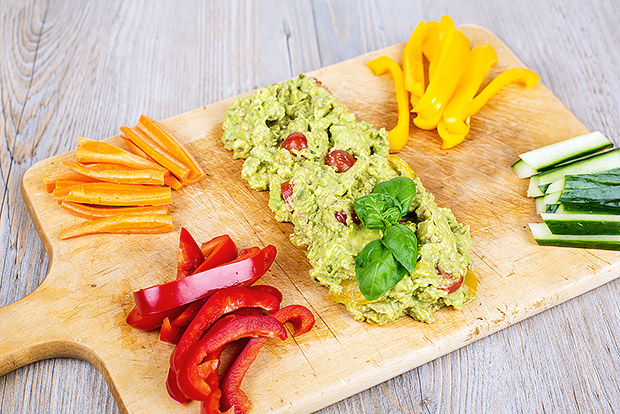
There is no need to feel deprived or hungry when you are trying to lose weight. Understanding more about the energy density of the foods you eat will help you reach your goals while feeling full and satisfied.
What does energy density mean?
The energy provided by food is measured in calories. A food's energy density is the number of calories per gram. This can be calculated using the following equation:
Energy Density = calories per serving / weight of serving in grams
A food with a lower energy density has fewer calories per gram. As a general rule, foods with more water content and fiber have low energy densities, because these two components add weight without excess calories. The Centers for Disease Control and Prevention provides a good example of this concept. One and a half fresh oranges has about 100 calories, and three pretzel rods also have 100 calories. The oranges weigh 200 grams and the pretzels weigh 25 grams, so the oranges have a lower energy density than the pretzels.
How does energy density affect weight loss?
Consuming low energy density foods is a strategy to feel full while reducing calories for weight loss. Research shows that we consume about the same weight of food each day, but not the same amount of calories. You can lower your calorie intake without reducing the weight of the food you eat. Studies show that people can lose weight without feeling deprived if foods with lower energy density are used.
One study reported that subjects who were given a low energy density salad before a meal consumed fewer calories at the meal, but reported feeling as full as those who ate no salad or who ate a higher energy density salad.
Do I need to track energy density?
Tracking calories is one way of keeping energy density in check. Knowing that foods with more water and fiber are less energy dense is the first step to making smart choices. There is no need to calculate energy density for every food. Simply increase low energy density foods (fruits and vegetables) and decrease high energy density foods (fast food, processed snack foods, baked goods).
The equation becomes helpful when you are trying to choose between foods that both offer nutritional benefits. For example, raisins and grapes fit into a healthy diet, but fresh grapes are less energy dense than raisins.
What is the difference between energy density and nutrient density?
Nutrient density refers to the amount of macronutrients, vitamins, and minerals in a food. Regardless of weight goals, nutrient-dense foods are important for health. Fortunately, most foods with a low energy density have a high nutrient density, but it is important to think about your food choices. For example, celery has a low energy density, and you can eat a lot for very few calories. Unfortunately, celery does not provide many of the nutrients the body needs for health. Choosing a variety of fruits, vegetables, beans, and low-fat dairy supports a low energy density diet while also being nutrient dense.
Tips for lowering energy density.
- Mix vegetables into your favorite soups, stews, and casseroles to lower the energy density of the whole dish. Try using shredded summer squash, diced carrots, tomatoes, and dark leafy greens.
- Swap crackers, pretzels, and chips with carrot sticks and bell pepper strips to serve with your favorite bean dip.
- Take fruit and vegetables with you for snacks. This will help you avoid the temptation of turning to the vending machine for processed foods when hunger hits.
- Choose fresh fruits over dried options. Both have fiber, but the water content of the fresh varieties lowers the energy density.
Sources



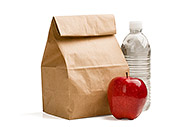 3 Healthy Lunches for Your Work Week
3 Healthy Lunches for Your Work Week
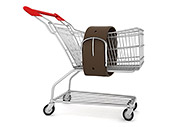 5 Tips for Stretching Your Budget for Healthy Food
5 Tips for Stretching Your Budget for Healthy Food
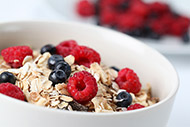 Best Ways to Reduce Added Sugar
Best Ways to Reduce Added Sugar
 Healthy Tips to Lighten Up Picnic Foods
Healthy Tips to Lighten Up Picnic Foods
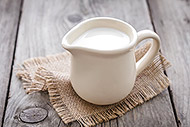 Do You Need to Drink Milk?
Do You Need to Drink Milk?
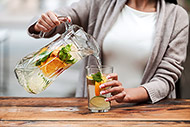 Tips to Keep Track of Water Intake
Tips to Keep Track of Water Intake
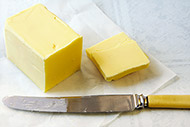 Butter vs. Margarine: What’s the Best Choice?
Butter vs. Margarine: What’s the Best Choice?
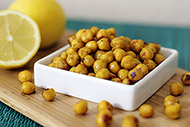 7 Good Mood Foods
7 Good Mood Foods
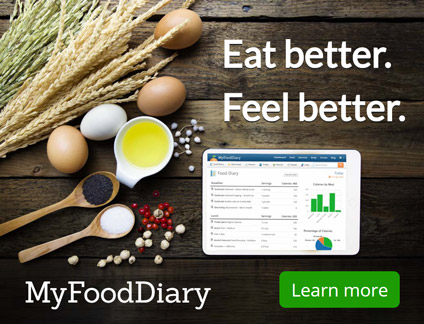
 Pinterest
Pinterest RSS Feed
RSS Feed